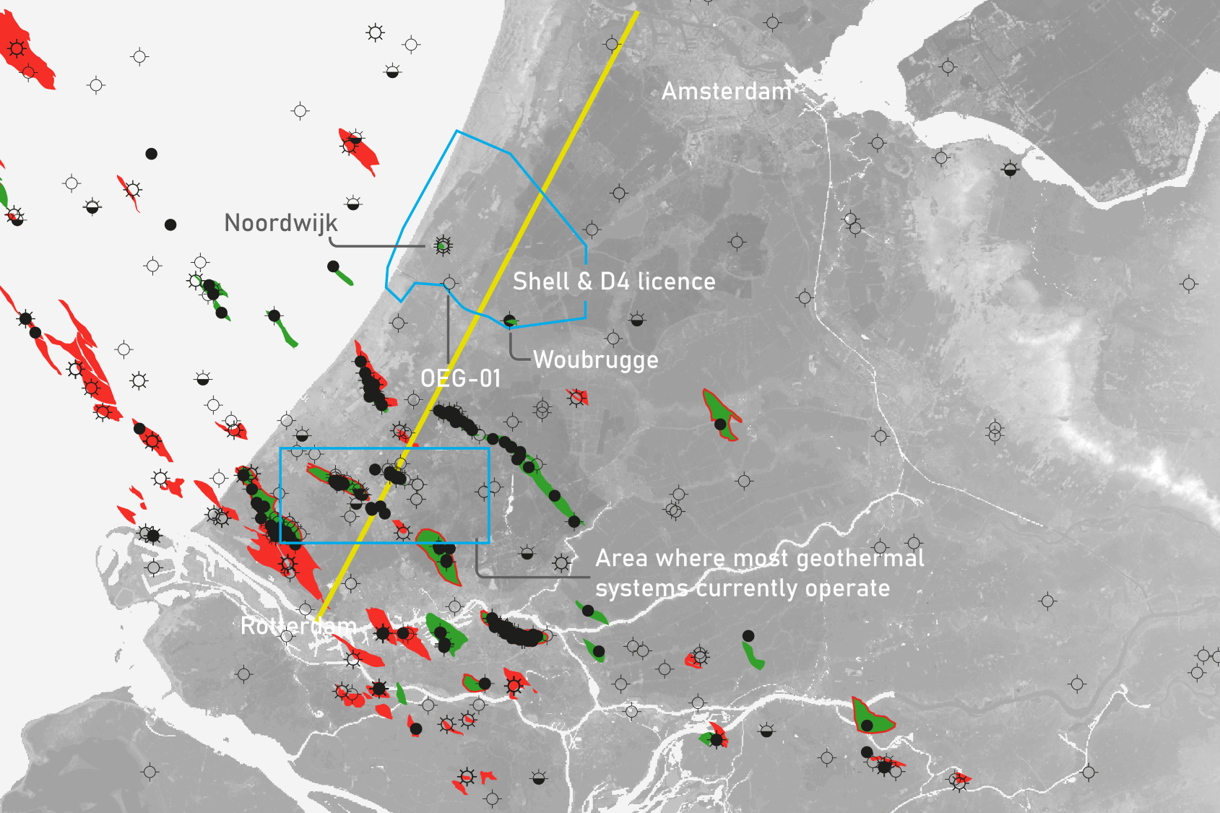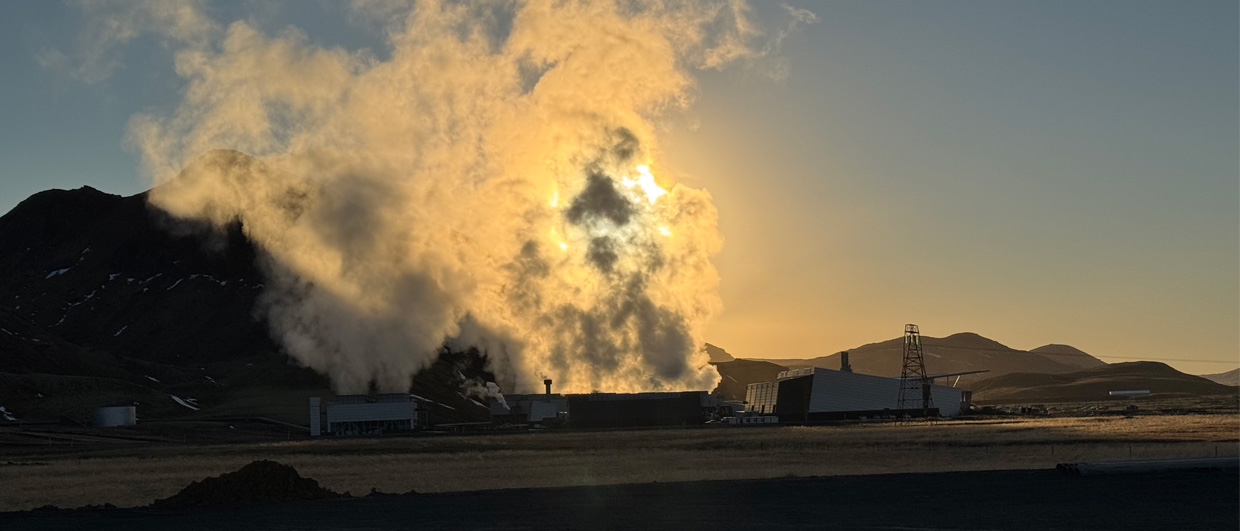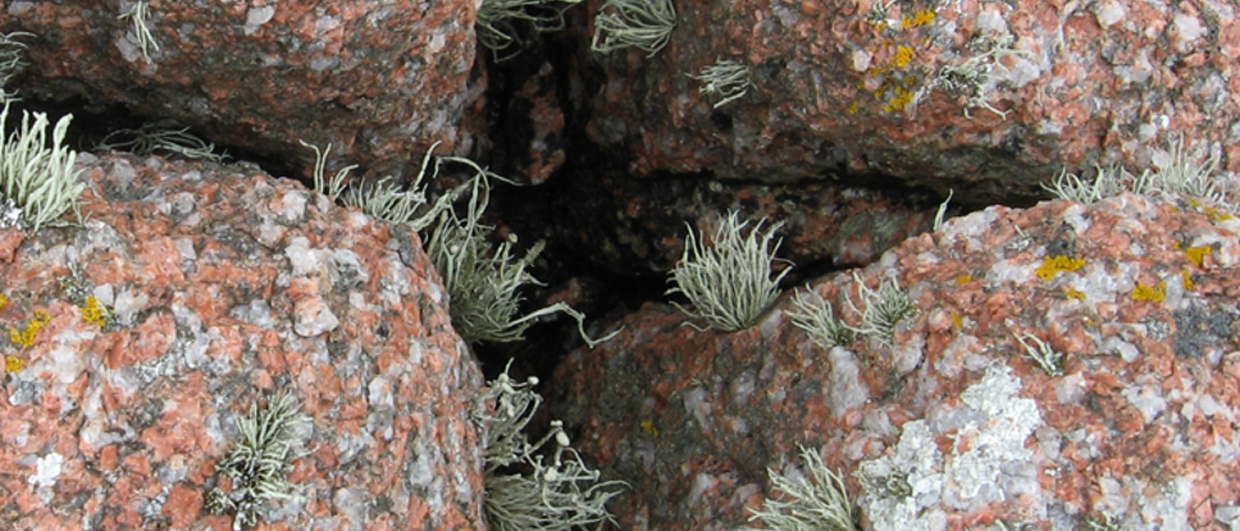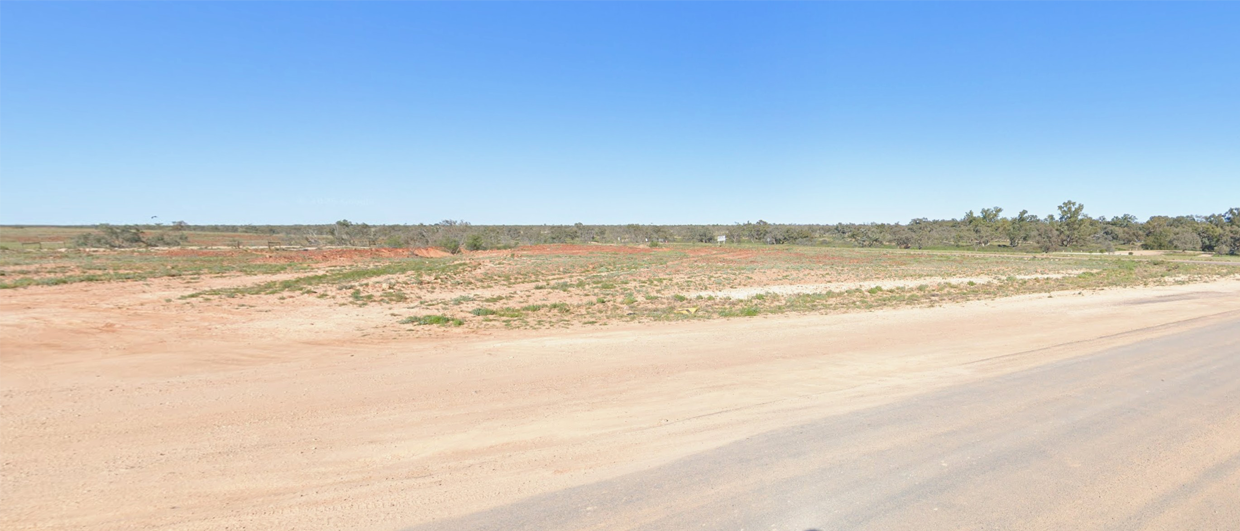Last week, Shell in partnership with company D4 announced the award of a licence for geothermal exploration in the west of the Netherlands – named “Rijnland”. It occupies a large area compared to previously awarded licences, which are mostly used for the production of energy for greenhouse heating.
District heating
The difference with previously awarded licences is that Shell and D4 primarily aim to supply energy to district heating systems, to be used both in the housing as well as the commercial sectors. District heating systems are regarded as the most viable candidates in the transition from mainly gas-powered heating to a more sustainably sourced mix of energy sources. Once in place, a district heating system can tap into an array of energy sources of which geothermal is an important candidate.
Interested in developments in the geothermal energy sector in Norway? You can still register for the CGER Geothermal Energy Conference, taking place as on online event on 1-2 September.
This is an interesting development for Shell, as it is already involved in another geothermal exploration drilling project in the north of the Netherlands, which in the case of positive drilling outcomes may also result in the commissioning of a district heating system for the city of Leeuwarden.
Northern part of the basin
The location of the new licence allows some reflection on the subsurface setting. Situated in the northern part of the West Netherlands Basin, the licence covers an area that is not as much explored as the southern part of the basin, where almost all proven hydrocarbon discoveries as well as geothermal projects can be found (see map above).
So while in the south many exploration wells provided a detailed understanding of the thickness and quality of the targeted Upper Jurassic and Lower Cretaceous sandstones – albeit drilled on the structural highs where geothermal wells have to stay away from because of the associated risk of finding hydrocarbons – in the entire Shell licence only three wells were drilled, with two small undeveloped discoveries as a result (Woubrugge and Naaldwijk).
The depth of the Woubrugge oil discovery is another factor that sets the new Shell licence apart from the area further south: the depth of burial of the main target reservoirs and the associated lower temperatures. With a reservoir situated at a depth of less than 1000 m, it is exemplary of the overall shallower depth of burial of the Upper Jurassic – Lower Cretaceous target reservoirs in the area compared to the cluster of geothermal projects further south. As a comparison, in this area most wells produce from depths around 2000 m or more.

It should be said that Shell may be targeting deeper reservoirs in the licence, such as the Buntsandstein sandstones of the Triassic or even Permian sandstones of the Rotliegend, but as described in this overview article by Harmen Mijnlieff from TNO – Geological Survey of the Netherlands, the transmissivity (ability of the aquifer to enable flow throughout its entire thickness) of the Triassic is at the lower end of the mapped range.
In summary, based on the fact that fewer wells have been drilled than in the south of the basin where most geothermal projects are currently operating, and the expected lower temperatures of the targeted reservoirs, it looks as if Shell and D4 will surely need to do some exploration drilling in their newly acquired licence in order to better map the economics of this venture.
HENK KOMBRINK





